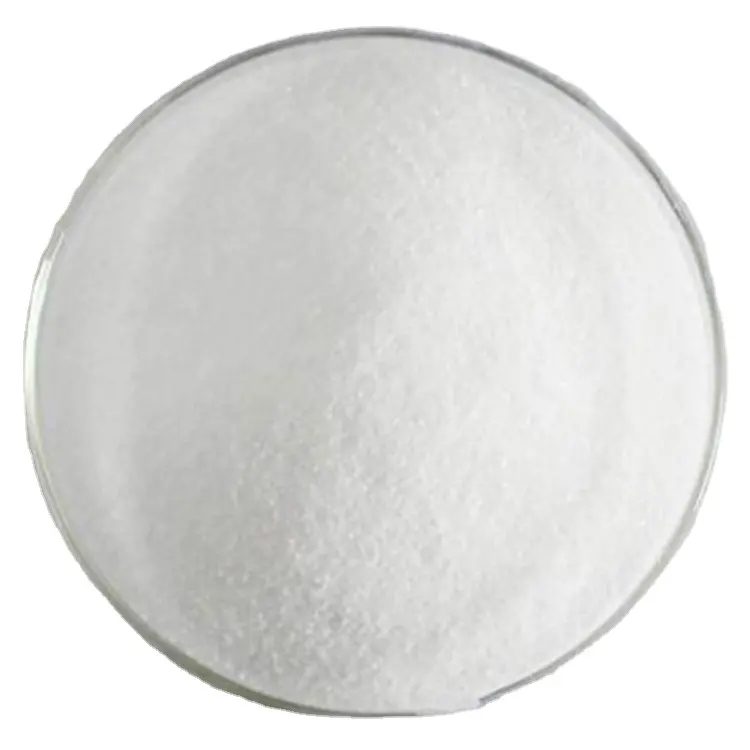
Nov . 09, 2024 09:17 Back to list
Chemical Composition and Formula of Lithopone in China
Understanding Lithopone Composition and Chemical Formula
Lithopone is a white pigment that has been widely used in paints, coatings, and plastics since its invention in the late 19th century. Its chemical composition mainly consists of zinc sulfide (ZnS) and barium sulfate (BaSO4), which contribute to its unique properties, including excellent opacity, brightness, and resistance to ultraviolet light. This article will delve into the chemical formula of lithopone, its production process, and some key applications.
Chemical Composition
The general formula for lithopone can be represented as a mixture of two primary components zinc sulfide (ZnS) and barium sulfate (BaSO4). Typically, lithopone is composed of approximately 30-40% zinc sulfide and 60-70% barium sulfate by weight. This combination results in a pigment that delivers superior performance in various applications.
The specific chemical formula can often be denoted as
\[ \text{Lithopone} \approx \text{ZnS} + \text{BaSO}_4 \]
The flexibility in the proportions of these two components allows manufacturers to tailor lithopone to meet specific requirements for different applications.
Production Process
The manufacturing process of lithopone usually involves precipitating zinc sulfide from zinc sulfate solutions, which can be derived from the smelting process of zinc ores. The following are typical steps in producing lithopone
\[ \text{ZnSO}_4 + \text{Na}_2\text{S} \rightarrow \text{ZnS} \downarrow + \text{Na}_2\text{SO}_4 \]
2. Synthesis of Barium Sulfate Barium sulfate is often produced by the reaction of barium chloride with sulfuric acid
china chemical formula of lithopone

\[ \text{BaCl}_2 + \text{H}_2\text{SO}_4 \rightarrow \text{BaSO}_4 \downarrow + 2\text{HCl} \]
3. Combination The resulting zinc sulfide and barium sulfate are then mixed and milled to create a fine, homogeneous pigment.
4. Drying and Packaging The final product is dried and packaged for distribution and sale.
Key Applications
Lithopone is valued in several industries due to its chemical and physical properties. Some of the key applications include
- Paints and Coatings Lithopone is used in formulations for both interior and exterior paints, where its opacity and brightness play crucial roles in enhancing the visual appeal and durability of the coating. - Plastics Its excellent lightfastness and thermal stability make lithopone a preferred choice for use in plastic products, improving their whiteness and opacity.
- Rubber Products Due to its non-toxic nature, lithopone is used in rubber production, where it acts as a filler and increases the product's whiteness.
- Cosmetics Its safe, non-toxic composition allows for its inclusion in cosmetic products, contributing to the pigmentation and opacity of various formulations.
- Printing Inks Lithopone is also utilized in printing inks, where its brightness and adherence improve the quality of printed materials.
Conclusion
Lithopone, with its composition of zinc sulfide and barium sulfate, stands as a versatile white pigment that has found extensive applications across various industries. Its favorable properties such as opacity, brightness, and UV resistance make it an essential component in products ranging from paints and plastics to cosmetics. As industries continue to evolve, the demand for high-quality white pigments like lithopone is likely to persist, further solidifying its role in modern manufacturing. Understanding its chemical formula and production process not only enhances our appreciation for this pigment but also provides insight into its ongoing significance in technological advancements and consumer products.
-
Premium 6618 Titanium Dioxide for GPT-4 Turbo Applications
NewsJul.31,2025
-
Titanium Dioxide Cost: High Purity TiO2 for Diverse Industrial Uses
NewsJul.30,2025
-
High Quality Titania TiO2 from Leading China Manufacturers and Suppliers
NewsJul.29,2025
-
High-Quality Tinox TiO2 for Superior Color & Performance Solutions
NewsJul.29,2025
-
High Quality Titania TiO2 from Leading China Supplier & Manufacturer
NewsJul.29,2025
-
High-Performance r6618 TiO2 for Superior Whitening and Versatility
NewsJul.28,2025
